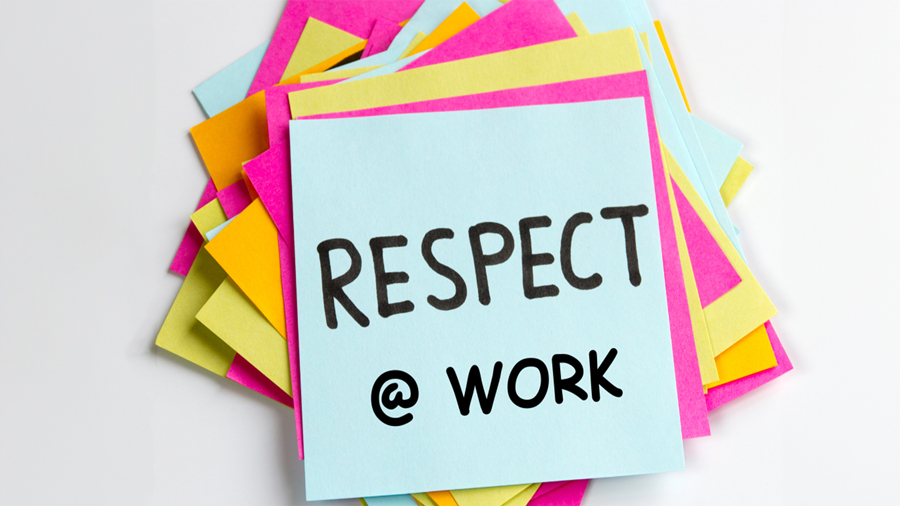“Workplace” means more than just the four walls of a building. Workplace harassment, bullying, discrimination and violence can occur anywhere the organization’s business is being conducted. It includes any work-related interactions outside of the physical workplace like social functions, conferences, parking lots and social media, where harassment and discriminatory behaviours have or could have workplace repercussions.
What Employers Should Know
Employer Liability: Workplace Harassment and Social Media
The courts are increasingly viewing social media as an “extension of the workplace” Employers can be held responsible for maintaining a harassment free environment, which extends beyond the physical office and work hours.
Risks and Liability
- Failure to protect employees from workplace social media harassment may result in:
- Human Rights Complaints
- Occupational Injury/ Workers’ Compensation claims
- Workplace grievances under collective agreements or unfair labour practices complaints
- Criminal charges with respect to obscene or hate materials, violence in the workplace
- Occupational Health and Safety infractions/fines
Recommendations
Employers are well advised to take proactive measures to not only mitigate liability, but also to ensure a healthy and safe work environment for employees.
Establish a social media workplace policy
- Most employers have in place anti-harassment policies, consider integrating social media guidelines
- The policy should encompass key aspects to ensure respectful and appropriate conduct
Communicate reporting process
- Encourage employees to report any bullying and harassment via confidential channels
- Establish clear reporting mechanisms with multiple options: HR, manager, senior leadership, immediate supervisor
- Ensure that employees are aware they can report without fear of retaliation
Clear consequences of violation of workplace social media harassment
- Detail what disciplinary actions will be enforced if found to be in breach of policy
Education
- Onboarding/new hire training about social medial policies to ensure that employees are aware of guidelines and adherence
- Regular ongoing training to refresh current employees
- Equip managers and leaders with training to receive complaints and the process they should follow when they receive a complaint from an employee
Case Law
There are some recent and notable decisions in various aspects of law that have dealt with the issue of workplace harassment and social media.
Amalgamated Transit Union, Local 113 v. Toronto Transit Commission (Use of Social Media Grievance)
The union filed a complaint and wanted the TTC’s Twitter (now known as “X”) shut down. The union stated that the account served as a platform for passengers to harass, demean and belittle employees.
The union also stated that the employees had complained for years and the company neglected to address their concerns
The Arbitrator found that some “tweets” were harassment under the Humans Rights Code and violated the TTC’s Respect and Dignity Policy.
The Arbitrator did not order the account to be shut down, but ordered the TTC to create a social media policy to address the issue.
The TTC was deemed responsible for monitoring, contacting Twitter users and asking them to remove offensive tweets or be blocked from the TTC account.
This case signified a new direction as a vast majority of cases prior had only dealt with employee posts to social media, but not posts by the general public to a company public account.
In a British Colombia Workers’ Compensation Appeals Tribunal (WCAT) decision WCAT A2000350 , The Vice Chair considered the question of whether social medial posts that are discovered when a worker is away from work can be considered to “Arise in and out of the course of employment”. A policy threshold for workers compensation claim acceptance.
The employee, a teacher, filed a claim for mental stress after she discovered rumours circulating about her on social media, referring to her as a “child abuser“ after an incident where she placed a student in a room for detention alone, locked the room and forgot about the student.
While the employees actions were deemed inappropriate by both the employer and WCAT, the crux of the appeal was whether the social media messages met criteria for an allowable mental stress claim – objectively traumatic/significant stressor and arose out of the course of employment.
The Vice Chair found:
“ I consider that the post was inherently tied to the worker’s employment and thus the post was also reasonably incidental to her employment”
“the post was so fundamentally intertwined with the worker’s employment that her reaction to it both arose out of and in the course of her employment”
As a result, the worker’s application for Workers’ Compensation was allowed
Key Takeaways for Employers
Employers should:
- Take complaints seriously
- Promote a culture of respect and inclusivity Implement required training and awareness
- Equip leadership team to handle complaints and recognize signs of social media and workplace harassment
Don’t let harassment put your organization at risk!
- Take proactive steps to mitigate liability and maintain a healthy and safe work environment
- When there is harassment of an employee, whether by public or another employee on social media, the employer may be obligated to investigate and take appropriate steps
- If you have any questions or need assistance with an investigation, contact HR Proactive
Download our free social media policy template.
HR Proactive Inc. provides HR Advice, Tools, Tips and Policies visit us at myhradvice.ca
Sources:
Amalgamated Transit Union, Local 113 v. Toronto Transit Commission (Use of Social Media Grievance
A2000350 (Re), 2020 CanLII 110255 (BC WCAT)
https://www150.statcan.gc.ca/n1/pub/36–28–0001/2021003/article/00004– eng.htm











